TEMPLE
Sennyuuji Temple

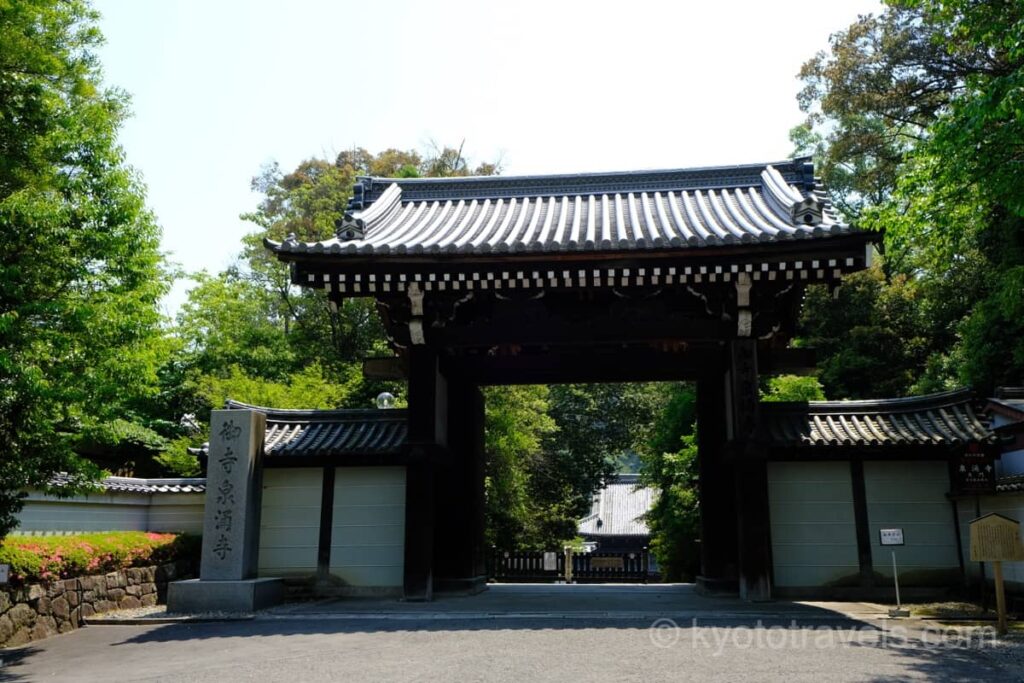
Sennyuji temple close to Joukeian. This temple is called ‘Mitera’ or ‘honorable temple’ because of its close connection with the Imperial Family. During the Edo period, funerals of emperors and other members of the imperial family were held at Sennyu-ji.Even today, Sennyu-ji Temple has an Imperial Palace, which is used as a resting place for the royal family. The temple enshrines the three principal deities of the Sanze-butsu, Amida Nyorai, Shakyamuni Buddha, and Maitreya Buddha, who represent the present, the past, and the future. 5 minutes on foot from Jokeian
Sokujoin Temple
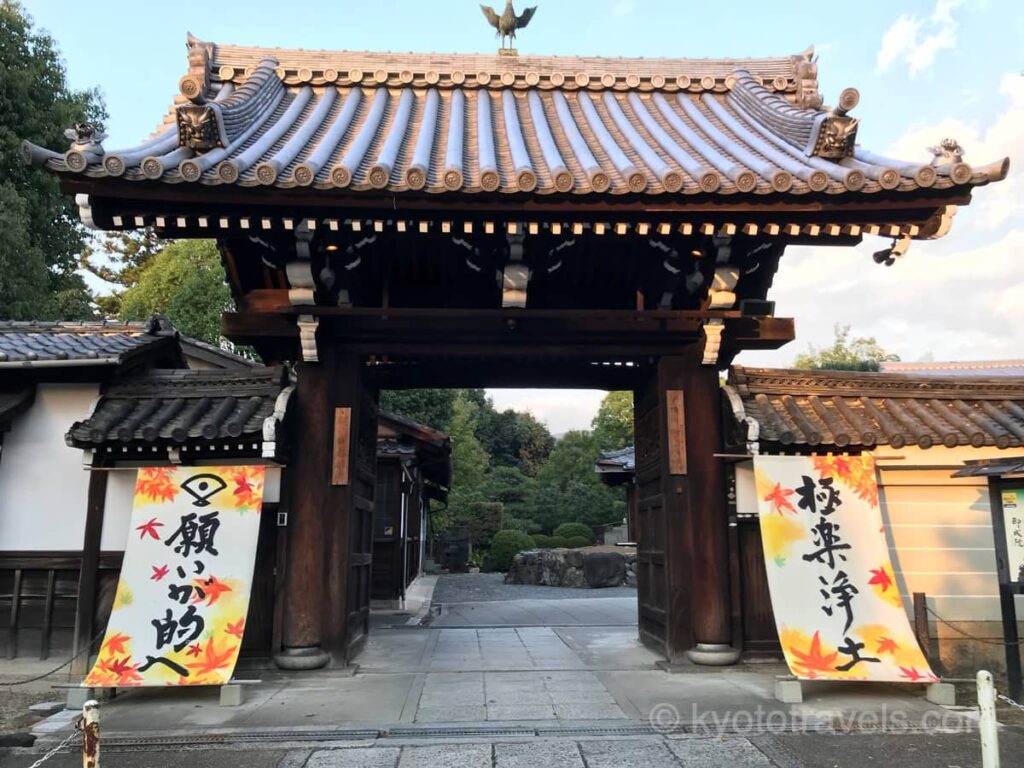
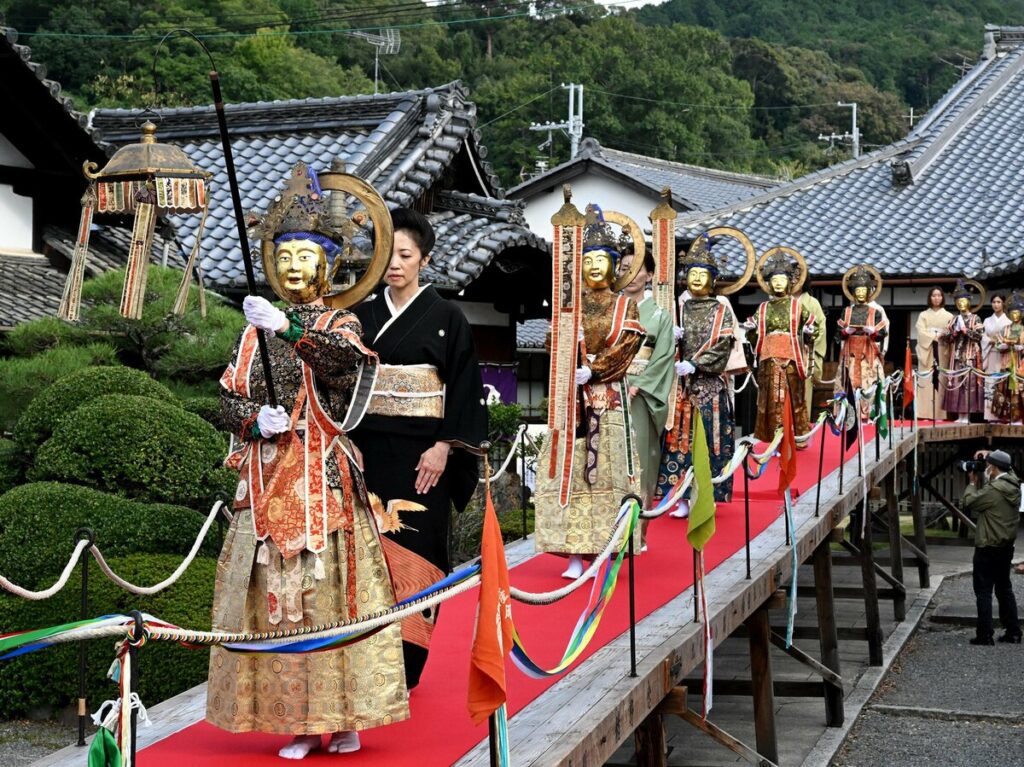
Sokujoin temple is a sub-temples of Sennyuji temples. The Amida Nyorai and the 25 Bodhisattvas in the inner sanctum of the main hall, which is called the Paradise of the Present World, were created in 1094 and are important cultural properties. The main hall of the temple is the Paradise and the Jizo hall is the present world, and the 25 bodhisattvas with glittering gold masks lead the people to the Paradise. Musicians playing sho (traditional Japanese reed instruments) and dragon flutes, and children in colorful costumes add color to the procession. 3 minutes on foot from Jokeian
Kaikoji Temple


Kaikoji temple is a sub-temples of Sennyuji temples. After being moved several times, it became the sub temple of Sennyuji temple, when its buddha was used as a substitute for Emperor Gosui.It is said that what appears to be flowing from his throat is a trace of blood from the time he was beaten in place of the emperor. Since then, it has been said that he “takes the place of bad things” and “heals illnesses from the neck up and throat especially well”, and he is widely believed to be the substitute for Buddha. Entrance to the temple is free. 1 minutes on foot from Jokeian
Imakumano Kannonji Temple
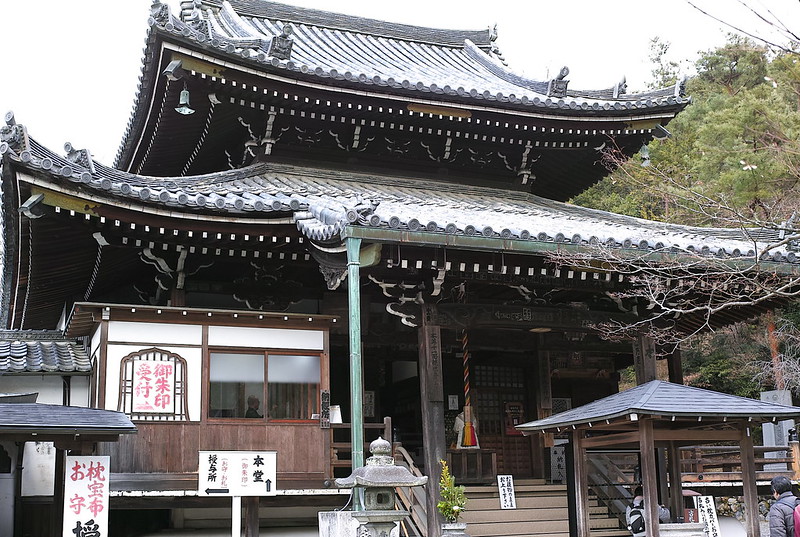
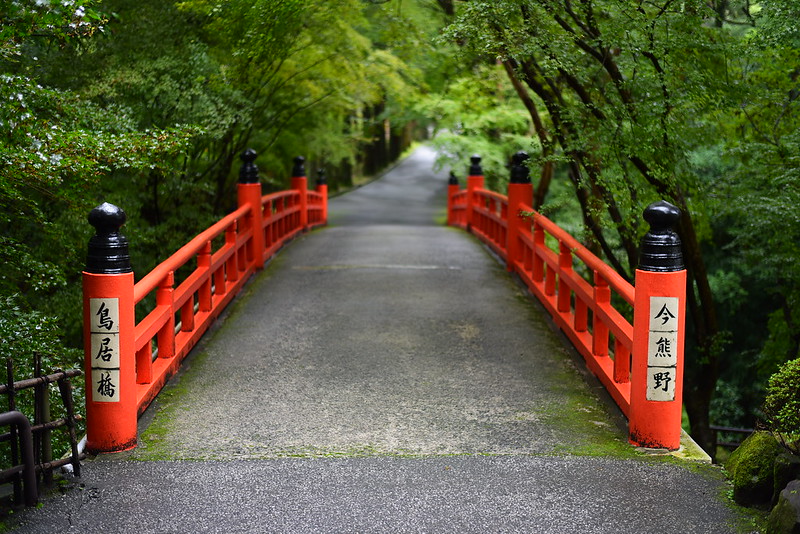
Imakumano Kannon-ji Temple is the fifteen of the thirty-three sacred places in the western part of Japan. The principal image of the temple is the eleven-faced Kannon, said to have been hand-carved by Kobo Daishi (Kukai). It is worshipped as the Kannon of the head (to ward off headaches and to bestow wisdom). It is said that the residence of the fater of Sei Shonagon(a notable autor and poet) once stood nearby. The red torii bridge on the way to Kannon-ji Temple is very beautiful both when surrounded by fresh green leaves and autumn leaves. It is a five minute walk from Joukeian.
Tofukuji Temple
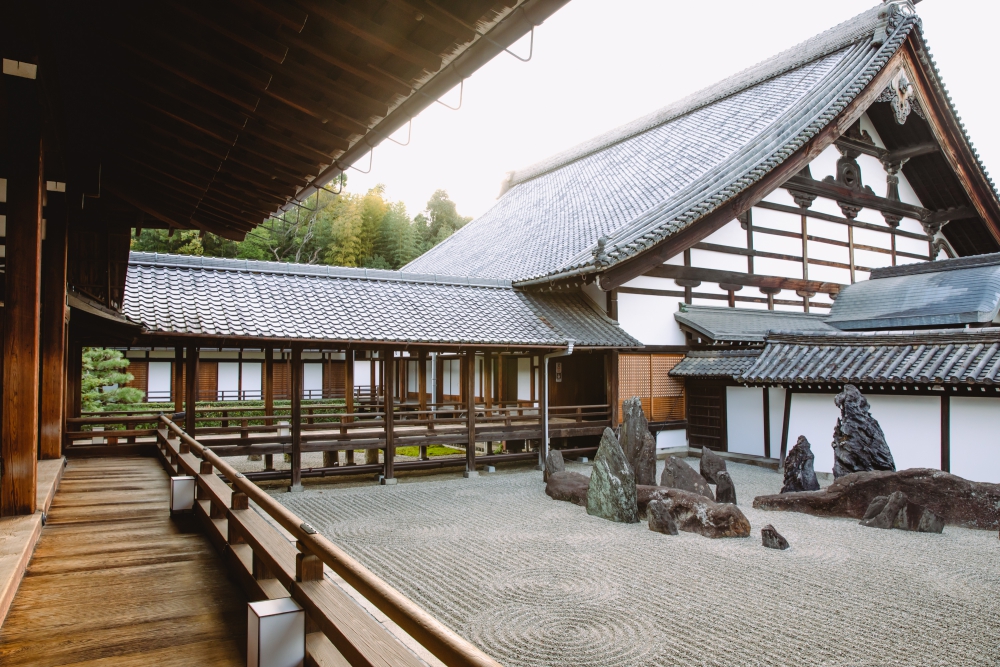
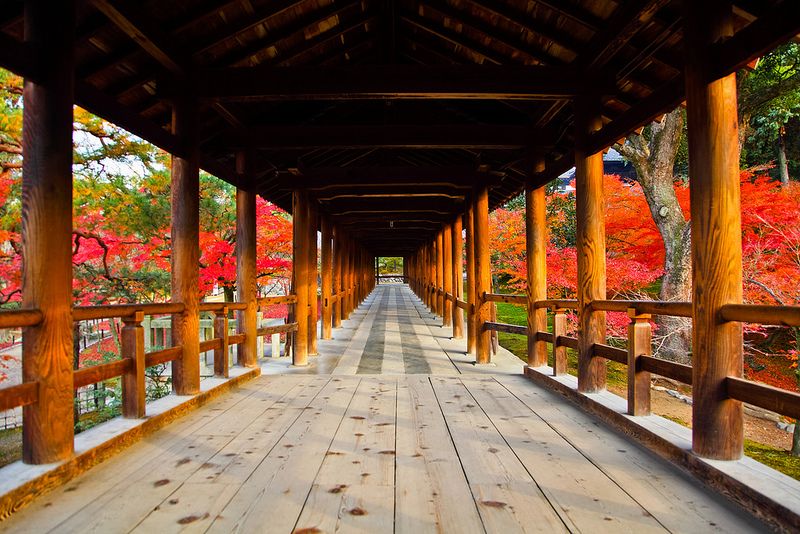
Tofukuji Temple has a vast temple area with a main temple complex consisting of the Sanmon gate, Hondo(inner temple), Hojo(sanctuary), and Kori (the inner sanctuary), as well as twenty-five other temples buildings and pagoda. The Hojo (chief building) of Tofukuji Temple has four gardens located on the east, west, north, and south sides of the building, and it is called the “eight-phase garden. The view of the autumn leaves from Tsutenkyo Bridge is magnificent, but the view from Gounkyo Bridge, which crosses to the west of Tsutenkyo Bridge, is also exceptional. It is a ten minute walk from Tofukuji Station on the JR and Keihan lines.
SHRINE
Fushimi Inari Shrine


Fushimi Inari Taisha is the head shrine of the 30,000 Inari shrines in Japan, and is renowned as the god of prosperity and good harvest. In addition to the shrine’s historical value, it is famous for its “Senbon-torii,” a series of vermilion-lacquered torii gates that have become a photo spot synonymous with sightseeing in Kyoto. Get off at Fushimi Inari station from Tofukuji station on the JR line(3minutes)
Yasaka Shrine
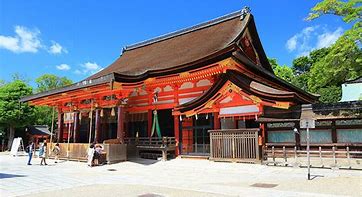
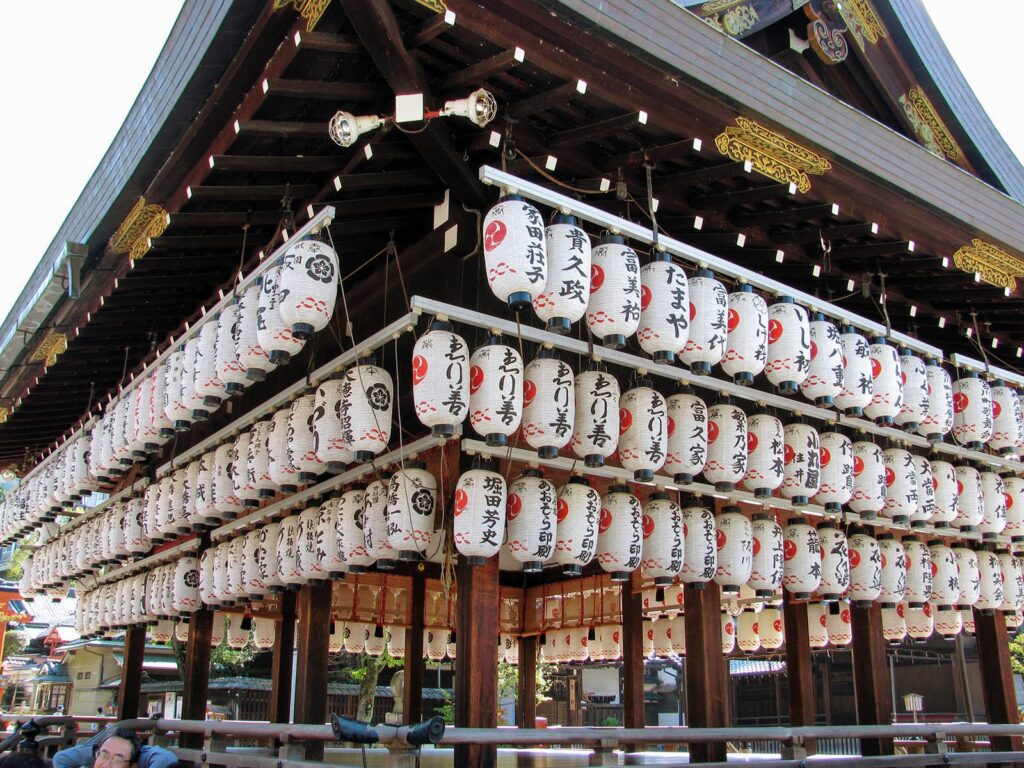
Yasaka Shrine has twenty-nine buildings both inside and outside the shrine grounds that are designated as important cultural properties in addition to the main hall, which is a national treasure. The main hall is surrounded by 16 smaller shrines. The shrine is also famous for its various merits, such as receiving prayers for good luck, marriage, and beauty. Yasaka Shrine is also the home of the famous Gion Festival. This festival was started about 1,150 years ago (in the Heian period) to pray for the end of a plague. Get off at Gion from bus stop Sennyuji-michi